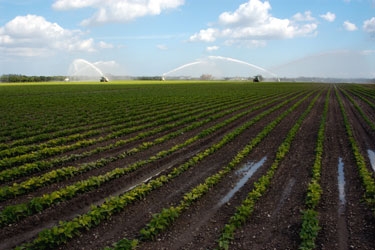
|
The Issues
The two biggest threats to the Everglades ecosystem are water quality and water quantity. With rapid development on both coasts and an expanding agriculture industry, the human demand for water is increasing rapidly while the supply is not changing. This leads to less and less water for the Everglades system and degredation of the ecosystems there. The water control structures built in the first half of the twentieth century interrupted the natural sheet flow from Lake Okeechobee south to Florida Bay. Now water flows through canals, locks, and dams directly to the ocean to prevent floods during high rain periods, espcially during hurricanes. This further reduces the amount of water that reaches the Everglades. What little water that does enter the Everglades system is often polluted and full of nutrients from runoff. Fertilizers from agriculture and pollutants from ever expanding urban centers contribute heavily to the low quality of the water entering the system. These pollutants lead to changes in vegetation and community composition and are detrimental to native plant and animal species. Other threats to the Everglades ecosystem include urban encroachment from all sides, invasive exotic species, and loss of natural processes such as fire. South Florida is one of the fastest growing regions of the country. All of these new residents need places to live and water to drink, and the suburbs are continuing to encroach into the Everglades system. Exotic species have also slowly been invading the region and are threatening native populations. Many of these exotics are successful because they take advantage of unnatural alterations to the Everglades environment. An example is the control and reduction of wildfires that normally would benefit the native species that are dependent on a regular fire regime for seed dispersal or the removal of competitors. These are simple examples of a very intricate and complicated system that is being pressured from all sides.
|

